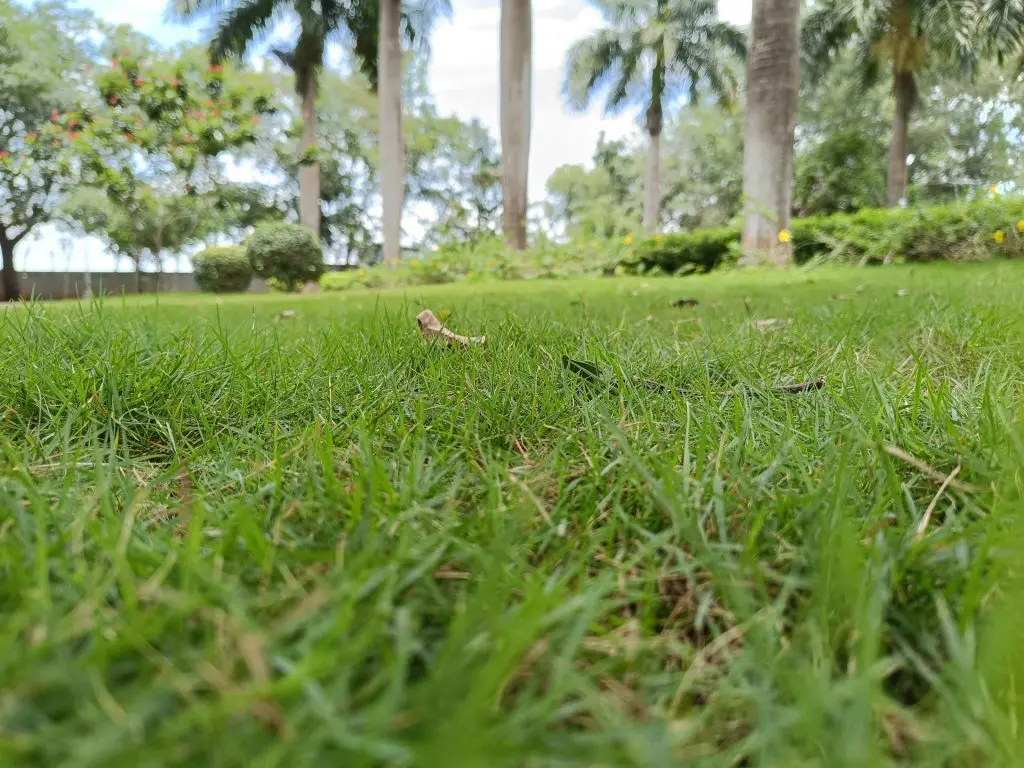Winter can be fairly unforgiving on your garden, especially if your goal is to grow vegetables or florals. But during that wintertime hibernation, you have ample time to plan your spring garden!
In today’s post, the elite property care team from Paramount Gardening will unpack our recommendations for planning a spring garden. We’ll review what grows best in spring, consider different styles of gardens, and discuss things you can do in winter to ensure your garden is ready to put its best foot forward once spring arrives.
1. Take Stock
Winter is the perfect time to take stock before planning your spring garden. What do you want your garden to look like this spring? Are you growing purely for florals, prioritising consumables like fruit and vegetables, or companion planting for both? You might be planning to feed the whānau with your harvest, or you might just want one or two bright patches to dress up a sprawling piece of greenery.
While winter still hangs over New Zealand, grab a piece of paper and sketch out your garden layout. Consider factors including sunlight exposure, drainage, and foot traffic in each area. Once you understand the different areas in your garden, you can ensure every corner is used for its best purpose.
2. Prepare the Soil
While winter might not be a great time to plant, it is absolutely a good time to prepare the soil for your new spring garden. Healthy, nutrient-rich soil is the foundation of a thriving spring garden. So, while sowing seeds isn’t ideal, here’s what you can get up to this winter to prepare the soil:
- Remove weeds and debris to prevent them from coming back in spring.
- Add compost or well-rotted manure to boost the soil’s nutrients and improve its structure.
- Mulch over the top to protect the soil from frost and erosion while enriching it.
If your soil is particularly heavy (a.k.a. clay) or overly sandy, consider mixing in some organic matter to bring it back to life. You can also invest in installing some raised beds to give yourself more control if you’re focused on raising vegetables this spring.
3. Choose the Right Plants (& Plan for Pollinators!)
Spring is the ultimate time for planting annuals and fast-growing vegetables. In New Zealand, the soil warms quickly in many regions (but knowing your local microclimate is essential).
In residential gardening terms, there are three classes of plants to sort through, each with its own ideal varieties for spring. Here’s a quick look:
- Edibles: Lettuce, rocket, silverbeet, carrots, spring onions, peas
- Flowers: Sweet peas, pansies, calendula, alyssum
- Perennials: Lavender, geraniums, echinacea
Even if you’re growing mostly edible, flowers play a vital role in supporting pollinators. Bees and beneficial insects will help your spring garden flourish naturally, so plan to include nectar-rich plants like borage, alyssum, and lavender.
You can also use this time to select some natural pest control measures. Companion planting varieties like marigolds near your tomatoes, building beneficial bug habitats, and installing nets or cloches to protect your most tender new crops will all help your spring garden thrive.
4. Start Sowing Indoors
While you can’t plant outdoors during winter, many popular spring garden plants can be started indoors during winter so that they’re ready to go when the frosts subside. Grab some seed trays, some potting mix, and some good lighting (or a sunny windowsill). If you’re in a particularly frosty region, you might want to consider a heat lamp to keep those seedlings thriving.
Some easy seeds to start indoors in Aotearoa’s deep winter include:
- Vegetables: tomatoes, capsicum, cucumbers, zucchini
- Herbs: basil, parsley, coriander, mint
- Flowers: Cosmos, petunias, snapdragons, marigolds
Starting this early lets you use seeds, which are cheaper, and it gives your plants a head start, helping you avoid spending a fortune on seedlings in early spring.
5. Tackle Your Winter Garden Maintenance
Finally, it helps to use all that winter downtime to complete some essential tasks that will make your spring garden planting easier. Aside from preparing the soil well enough to host new life, you can get on with plenty that will transform your garden into the perfect canvas for spring.
Sharpening your tools, cleaning out pots and planters, pruning dormant plants, and installing raised beds, trellises, or irrigation systems are all time-consuming tasks best done when the mercury is still low. That way, you’re reserving all your warm weather for actual growth.
So, in summary: take the time to plan your spring garden, start your seedlings indoors, use the colder months to prepare your soil and layout, and attract pollinators once the mercury starts to rise. With this approach, you’ll have a beautiful spring garden ready to enjoy in no time.
And if you want a partner in bringing this new garden to life, it helps to bring an experienced property care team on the journey with you.
Bringing your garden to life this spring?
Trust the elite property care team from Paramount Gardening to tackle all your spring garden needs. Our team can plan, landscape, and maintain your grounds throughout the year.
Curious about what’s possible with an elite team on your side? Contact us to discuss your spring garden today.





